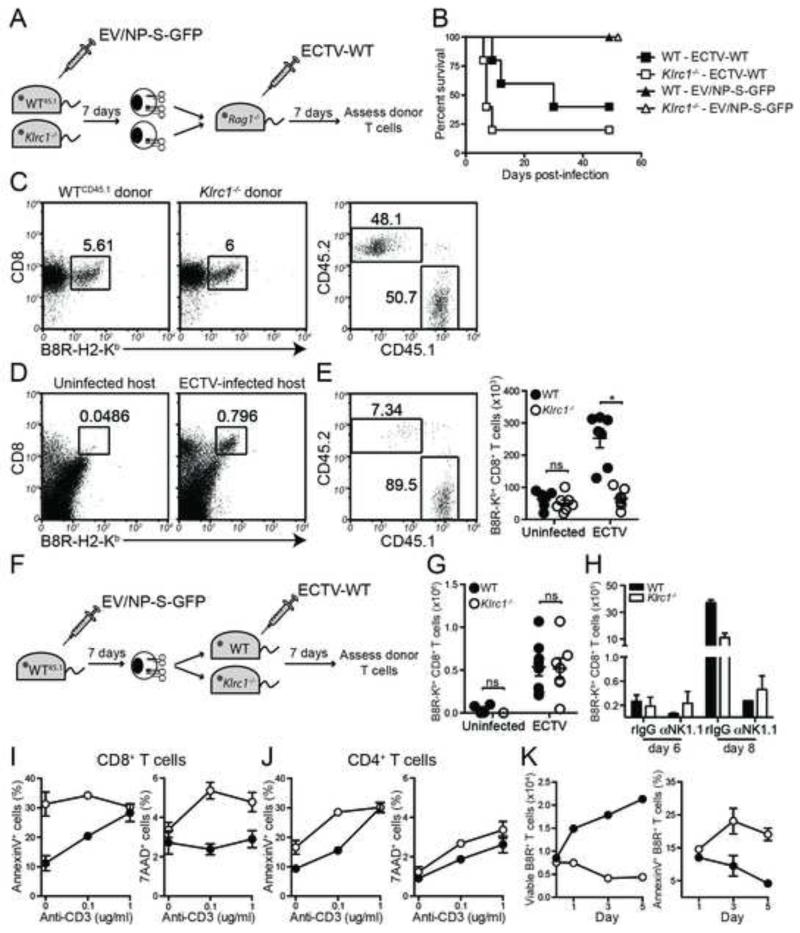Figure 5. NKG2A limits apoptosis of virus-specific CD8+ T cells in a cell-intrinsic manner.
(A) Schematic to test for a cell-intrinsic mechanism of NKG2A function in ECTV-specific CD8+ T cell survival. (B) WT and Klrc1−/− male mice were infected f.p. with either 7000PFU ECTV-WT or 9000PFU EV/NP-S-GFP and survival was monitored for 7.5 weeks post-infection. (C) WTCD45.1 and Klrc1−/− mice were immunized with 5000PFU ECTV-ova f.p. and CD8+ T cells were enriched from spleens 7 d.p.i. via MACS selection. Cells were then mixed at a 1:1 ratio of B8R-H2-Kb+ cells and adoptively transferred into Rag1−/− hosts. (D) Rag1−/− hosts were either left uninfected or were infected with ECTV-WT for 7 days, then analyzed for B8R-H2-Kb+ CD8+ T cells. (E) Frequencies of WT and Klrc1−/− CD3+CD8+B8R-H2-Kb+ cells from Rag1−/− spleens 7 d.p.i. with ECTV-WT. Total CD3+CD8+B8R-H2-Kb+ cell numbers from naïve or ECTV-WT-infected Rag1−/− spleens are shown on the right. (F) Schematic to test for a cell-extrinsic mechanism of NKG2A function in ECTV-specific CD8+ T cells. (G) Total number of specific donor cells (CD45.1+CD3+CD8+B8R-H2-Kb+ cells) isolated from naïve hosts or ECTV-WT-infected hosts. (H) Mice were treated with either control or NK cell-depleting antibody prior to infection with 200 PFU ECTV-WT. On days 6 or 8 post-infection, spleens were isolated and antigen-specific CD8+ T cell numbers were quantified. (I) WT and Klrc1−/− splenocytes were isolated 7 days after ECTV infection and put in culture in the presence or absence of plate-bound anti-CD3 antibody. After 2 days, CD8+ T cells were assessed for Annexin V (left panel) and 7AAD (right panel). (J) Cells were prepared as in panel I and CD4+ T cells were analyzed. (K) WT and Klrc1−/− splenocytes were isolated 7 days after ECTV infection and cultured in complete RPMI containing 13ng/ml rhIL-2. At 1, 3, and 5 days post-culture, numbers of CD8+B8R-H2-Kb+ cells were quantified (left panel) and assessed for Annexin V staining (right panel). All panels depict WT cells (filled circles/bars) and Klrc1−/− cells (open circles/bars). All data are representative of at least 2 independent experiments and were analyzed by multiple t tests.

